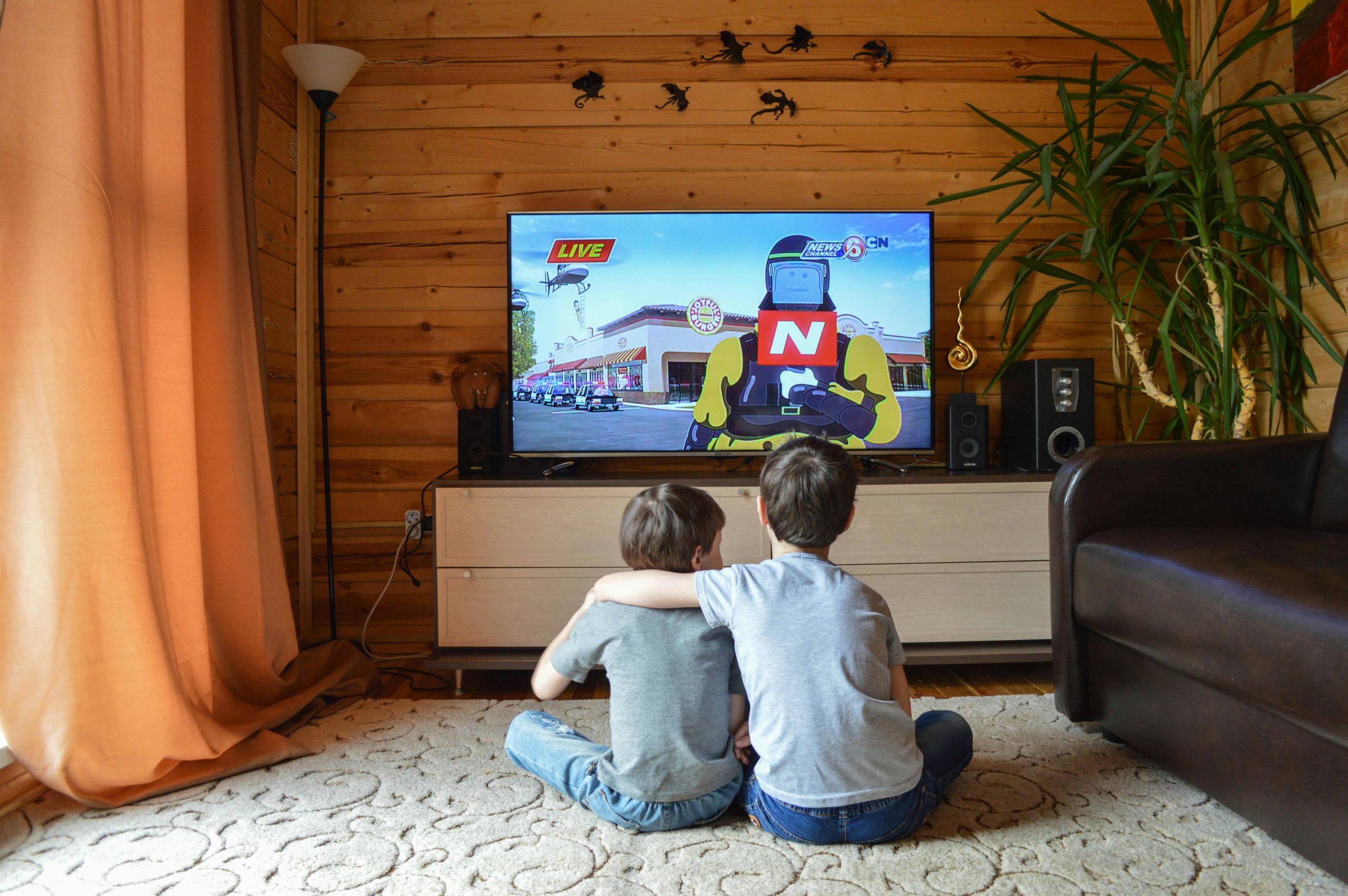I was more excited than a grown adult should be when I heard the news: Phineas and Ferb returned this summer with forty—yes, FORTY!—all-new episodes. What better time to introduce my students to these pint-sized backyard engineers, their secret-agent platypus Perry, and of course, their big sister Candace?
Despite Common Sense Media stating that Phineas and Ferb has no educational value, I beg to differ. I plan to put a special STEM-spin on the show for my students this coming year. As Phineas famously says, “I know what we’re going to do today.”
It’s Not Magic, It’s Science
Phineas, Ferb, and even the ruthless villain Dr. Heinz Doofenshmirtz, rely on science to fuel their inventions. In nearly every eleven-minute episode, the characters build, problem-solve, and create—usually resulting in chaotic but clever outcomes that somehow erase the evidence before Mom ever sees it, much to Candace’s dismay.
Their inventions regularly showcase principles of physics, including force, motion, and energy. The roller coaster and self-driving car episodes are perfect examples of these concepts. Chemistry teachers, don’t worry—you’re included too! “Night of the Living Gelatin” pairs perfectly with lessons on slime science and non-Newtonian fluids like oobleck. Meanwhile, “Unfair Science Fair” features the classic baking soda volcano, a great starting point for discussions on chemical vs. physical reactions.
“Whether they’re discovering something that doesn’t exist, creating nanobots, or finding Frankenstein’s brain, Phineas and Ferb follow the engineering design process to bring their wildest ideas to life.”
Building Rockets and Fighting Mummies
Whether they’re discovering something that doesn’t exist, creating nanobots, or finding Frankenstein’s brain, Phineas and Ferb follow the engineering design process to bring their wildest ideas to life.
🔍 Identify the Problem
In every episode, the mission is the same: Phineas wants to make the most of their 104 summer days. (I am more than a little jealous they get so many fun summer days!)
💡 Brainstorm
From growing a giant watermelon to celebrating winter in July or building a rocket-powered racecar, the duo kicks things off by dreaming up endless and over-the-top creative possibilities.
📝 Plan
Phineas and Ferb are often seen sketching, drafting blueprints, or filling out forms. Even in crayon, planning matters. Next comes collecting materials and prepping for the build.
🔧 Create!
Just like in the STEM lab, Phineas and Ferb bring their ideas to life. Their prototypes don’t always match the original vision, which makes it relatable to many students’ own experiences.
🚀 Test
Whether it’s launching that rocket, zooming around in a racecar, or trying a new invention on the neighbors, testing is part of the fun.
🔁 Improve
While this step gets less screen time, it’s a great opportunity to bring real-world reflection into the classroom. Encourage students to discuss what worked, what didn’t, and what they’d do differently. Graphic organizers can help them sort their thoughts and plan improvements.
Final Takeaways from the Tri-State Area
So, what can students learn from Phineas and Ferb?
- Use your creativity. Just like our muscles, our brains like to be exercised and get stronger with use.
- Trust the process. Cutting corners and taking shortcuts will not get the desired results.
- No dream is too big. The world needs big thinkers and dreamers.
And of course… make sure everything is cleaned up before Mom gets home!
Resources
Please login or register to claim PGPs.
Alternatively, you may use the PGP Request Form if you prefer to not register an account.



